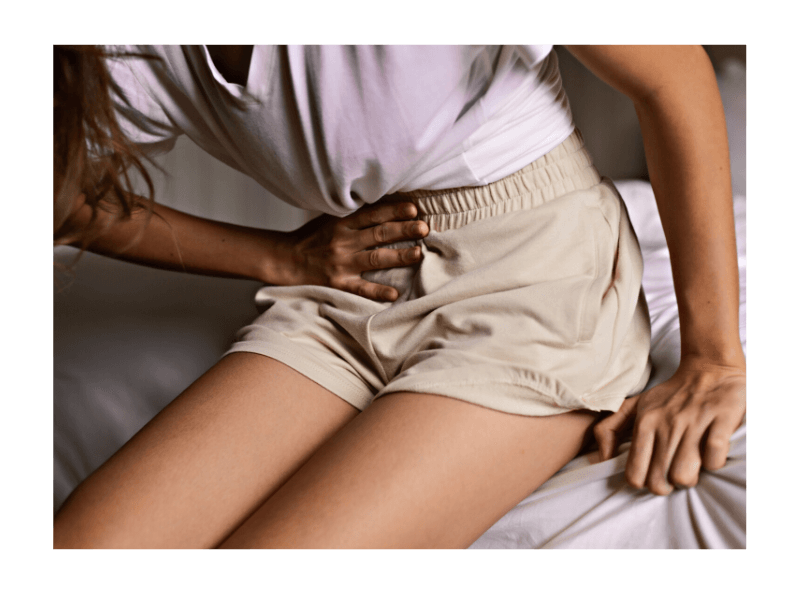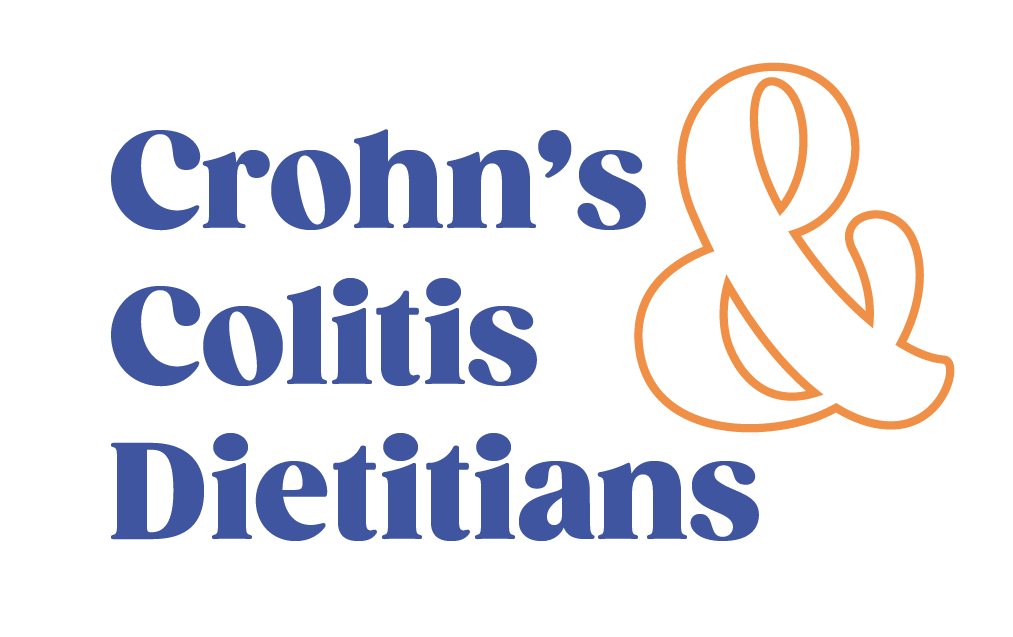The words strictures and IBD is enough to get my stomach churning. As a dietitian with Crohn’s Disease, and a stricture in the ileum I know the impact it can have on the body. However, I also know how important it is to understand how to navigate them so that you can live your best gut life!
Navigating Strictures and IBD
What is a stricture?
Strictures are found most commonly in individuals with Crohn’s Disease. A stricture is the narrowing of the bowel brought upon from continuous inflammation and healing in the intestine. This cycle increases scar tissue which builds up on the intestinal wall which could potentially lead to obstruction.
Strictures are diagnosed through endoscopy, ultrasound, MRI or CT scan of the abdomen.
There are both inflammatory & fibrotic strictures. Inflammatory strictures are brought on by inflammation. This can eventually lead to scar tissue in the lumen (innermost area) of the intestine that can continue to build up and into all layers of the intestinal wall if the inflammation continues.
Fibrotic strictures occur when there is a rapid increase and movement of fibroblasts. Fibroblasts are cells in our body that help form tissue.
Inflammatory strictures have the potential to be treated with medications whereas fibrotic strictures often require surgery (2).
What should I eat when I have a stricture and IBD?
The goal of nutrition & stricture management is to prevent a blockage in the intestines and to ensure you are receiving adequate nutrition. To ensure we are doing both, please see our list of strategies below:
- Take your time while you are eating and chew your food well
- Consider having smaller meals and snacks instead of large meals
- Adjust the texture of your food to ensure safe passage through the intestines ex: instead of berries, consider a berry smoothie
- Soft foods may need to be consumed more often until the stricture is resolved – this can include things like potatoes without the skin, fish, carrots without the skin, hummus, mashed/pureed lentils/beans, applesauce, and nut butters
- Note: supplementation may be needed depending on the severity of the stricture
It may also be helpful to keep a food and symptom journal. If you notice that certain foods cause more gastrointestinal symptoms like bloating, distention, and abdominal pain, then they may need to be blended, pureed, or cooked longer for improved tolerance.
Please keep in mind that dietary choices are highly individualized and should be catered to each person.
As always, please work with your IBD dietitian to determine what is best for you!
But, my doctor told me to avoid fibre?
In severe cases, a low fibre diet may be needed until the stricture is resolved. However, we know the absence of fibre is a risk factor for colorectal cancer and those who follow a low fibre diet are 40% more likely to have a flare (1).
Instead of completely avoiding fibre, consider the type of fibre you are eating. Soluble fibres dissolve in water, therefore, making this type of fibre less likely to stick around the scarred tissues, resulting in less risk of obstruction.
Sources of soluble fibre include avocados, oatmeal, potatoes, applesauce, carrots, and psyllium seed.
We have a more in depth blog post answering the question of, “Can fibre cause a stricture?” here!
Key takeaways
- Your food may need to be adjusted if you have a stricture, but not in the way you think it does. Consider adding soluble fibres to your day to improve symptoms and overall health.
- You don’t necessarily have to completely ditch the fibre. Consider enjoying smaller more frequent meals throughout the day and adjusting the texture of your food to relieve symptoms and improve tolerance.
- Work with your healthcare team to determine the best approach for you!
We understand that sifting through nutrition misinformation can be overwhelming and confusing. If you need further support navigating an intestinal stricture, our team of registered dietitians would be happy to help you.
Here at Crohn’s & Colitis Dietitians both your short term and long term health is at the top of mind. Which is why working through the fibre fears is so important as fibre is essential for our overall health.
If you would like individualized nutrition support, please don’t hesitate to contact us and book a free consultation call today!
References:
- Brotherton CS, Martin CA, Long MD, Kappelman MD, Sandler RS. Avoidance of Fiber Is Associated With Greater Risk of Crohn’s Disease Flare in a 6-Month Period. Clin Gastroenterol Hepatol. 2016 Aug;14(8):1130-6. doi: 10.1016/j.cgh.2015.12.029. Epub 2015 Dec 31. PMID: 26748217; PMCID: PMC4930425.
- Chang CW, Wong JM, Tung CC, Shih IL, Wang HY, Wei SC. Intestinal stricture in Crohn’s disease. Intest Res. 2015 Jan;13(1):19-26. doi: 10.5217/ir.2015.13.1.19. Epub 2015 Jan 29. PMID: 25691840; PMCID: PMC4316217.




0 Comments